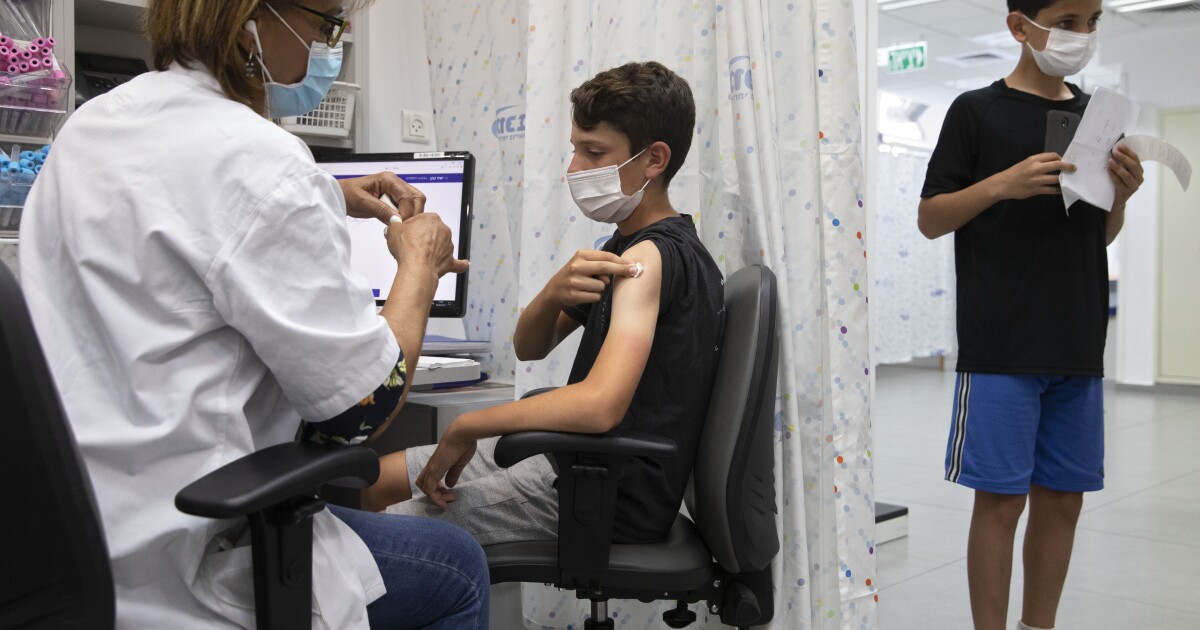US health authorities are setting the stage for a nationwide COVID-19 vaccination campaign among younger children, inviting states to request doses before their application is authorized.
Pfizer’s vaccine against the coronavirus is already applied to children who are at least 12 years old in the United States. In the next three weeks, federal authorities plan to examine that smaller doses are available for the 28 million children ages 5 to 11 in the country.
To help states and cities prepare, the Centers for Disease Control and Prevention (CDC) sent you a seven-page document this week with guidelines for establishing expanded immunization programs.
For example, it points out that pharmacies in all states can administer COVID-19 vaccines to minor children, but clarifies that they should only give them the doses prepared and marked specifically for children under 12 years of age.
However, the document does not address some thorny questions, including to what extent vaccination clinics should be used in schools or whether children are required to be inoculated as a condition of attending classes.
Those questions will have to be answered in every state and city.
The guidelines were issued as communities prepare for a new phase in the 10-month effort to vaccinate as many people as possible against the virus, which has caused more than 720,000 deaths in the United States.
The disease has been more dangerous for older adults, who have higher rates of deaths and hospitalizations than children. However, some kids face the risk of severe illness, and more than 540 of them have died of COVID-19 in the country, according to the American Academy of Pediatrics.
And just as important, health authorities believe that vaccinating children will reduce the spread of the virus among vulnerable adults.
Pfizer and its German partner BioNTech have the biggest breakthroughs in research on the use of their vaccine in young children. They say that a series of two vaccines – with a third of the potency of those given to people over 12 years old – is safe and effective among boys 5 to 11 years old.
An independent expert panel advising the Food and Drug Administration (FDA) plans to publicly review the evidence during a meeting in late October. If the FDA authorizes the doses for children, a separate expert panel advising the CDC would take up the matter in November, and then offer a recommendation to the CDC.
–


